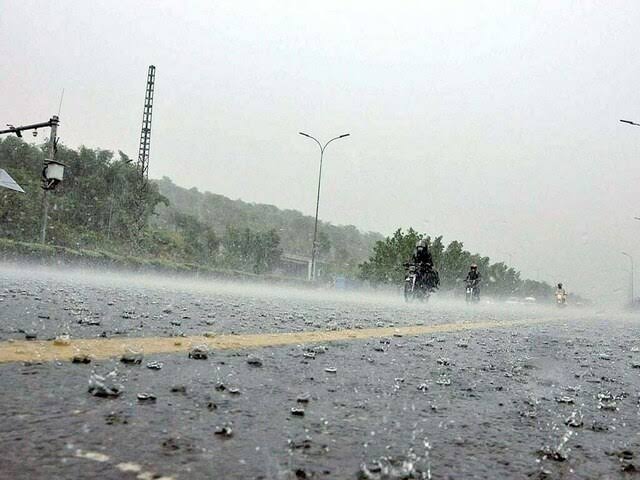PESHAWAR: On Monday, the Provincial Disaster Management Authority, Khyber Pakhtunkhwa unveiled the Monsoon Contingency Plan 2024, a comprehensive strategy aimed at minimizing disaster risks and facilitating a coordinated and timely response.
The Provincial Disaster Management Authority (PDMA) has actively engaged district administration, provincial and federal line departments, and humanitarian partners in developing this plan, incorporating valuable lessons learned from previous incidents. The primary objective is to mitigate the impact of disasters and safeguard the lives and livelihoods of the people residing in the province.
According to the Monsoon Plan 2024, eleven (11) districts, including Chitral Upper, Chitral Lower, Swat, DI Khan, , Charsadda, Nowshera, Shangla, Dir Upper Dir Lower, Tank and Peshawar are identified as highly flood risk. Additionally, 14 other districts, Malakand, Tor Ghar, Kohistan Lower, Kohistan Upper, Kolai Palas, North Waziristan, Mardan, Abbottabad, Karak, Buner, South Wazirstan , Laki Marwat, Swabi, and Mohmand are classified as medium to flood risk during the season.
Floods have been an ongoing issue, particularly in lowland areas, resulting in waterborne diseases, loss of human and livestock life, and damage to infrastructure.
The Monsoon Plan 2024 addresses this concern through a comprehensive flood risk management approach that encompasses prevention, mitigation, preparedness, emergency response, and recovery measures. Prevention measures focus on discouraging construction in current and future flood-prone areas, adapting future developments to flood risks, and promoting appropriate land-use and agricultural practices.
Mitigation strategies include structural and non-structural measures aimed at reducing the likelihood and impact of floods in specific locations. Preparedness efforts aim to educate the population about flood risks and provide guidance on appropriate actions during a flood.
Emergency response plans are being developed to ensure a swift and effective response in the event of a flood. Furthermore, the plan incorporates recovery and lessons learned components to minimize the social and economic impacts on affected communities and facilitate their return to normalcy.
The Monsoon Plan 2024 builds upon the lessons learned from past flood events, such as the catastrophic floods of 2010, heavy monsoon rainfalls of 2011, and flash floods in 2012 and 2022 and subsequent disasters. By conducting risk and vulnerability assessments, the plan aims to strengthen preparedness and response capacities while identifying and addressing gaps and challenges.
Key outcomes expected from the Monsoon Plan 2024 include raising awareness and building capacity for effective response, anticipating and allocating necessary resources based on threat perception, developing
Muhammad Qasair Khan, Director General of PDMA, stated that the Monsoon Contingency Plan for 2024 focuses on mitigating the potential impact of floods, building on the lessons learned from previous years’ events. It includes the implementation of improved early warning systems, streamlined evacuation procedures, and enhanced communication channels.
Moreover, the plan places significant emphasis on community engagement to ensure their active participation in disaster preparedness. By involving and empowering the community, the plan aims to enhance resilience and response capabilities, fostering a collaborative approach to tackle the challenges posed by monsoon-related disasters.
PDMA’s Spokesperson Anwar Shahzad said that the contingency plan focuses on planning for the upcoming Monsoon 2024 hazards to identify and analyse related risks for not just their humanitarian impacts but also the associated adverse effects on private and public infrastructure and to define the roles and responsibilities of diverse stakeholders for preparedness and response.
Also read: Life Beyond Swat’s Tourist Trails








